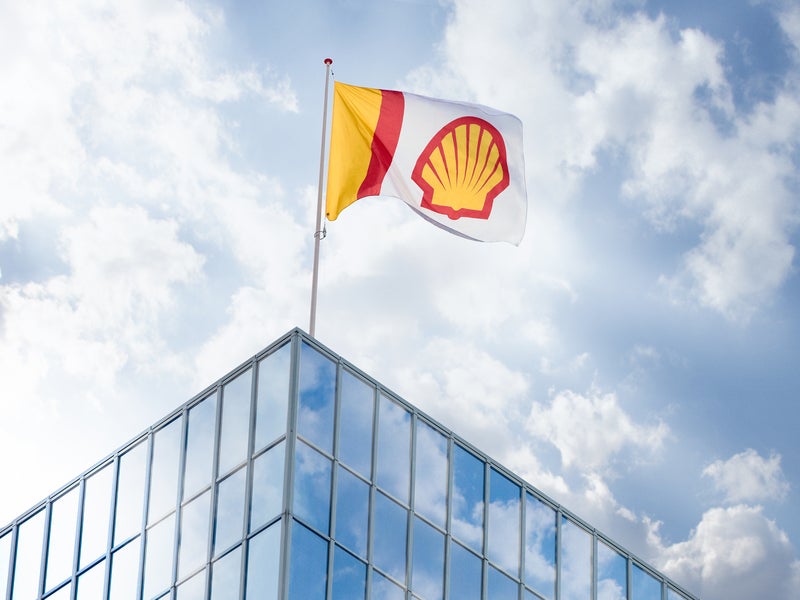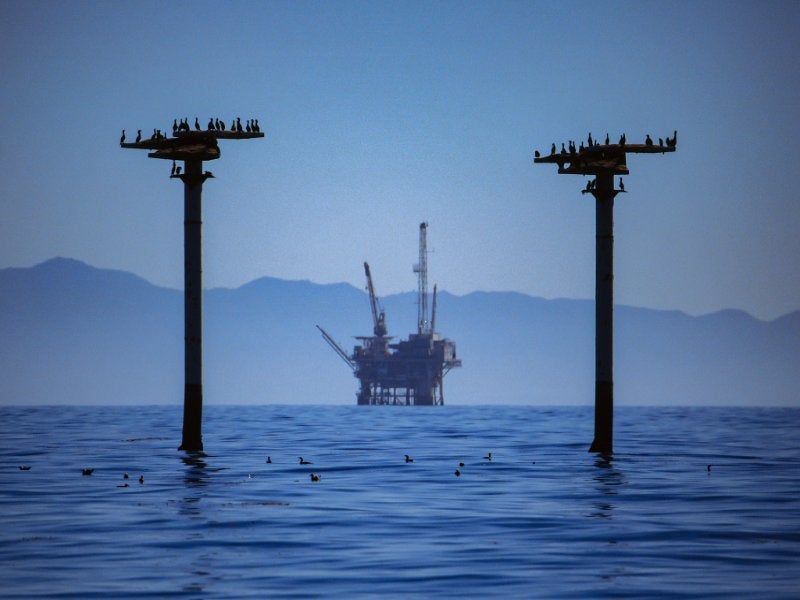Pierce offshore oil and gas field is located in the UK Central North Sea, at water depths of around 262ft (85m).
The project is a joint venture between Shell companies (operator, 92.52%) and Ithaca Energy (UK) Limited (7.48%).
The Shell companies include BG Great Britain Limited (20%); Enterprise Oil Limited (EOL) (42.79%); Shell EP Offshore Ventures Limited (SEPOV) (39.73%); Shell Upstream Overseas Services (I) Limited (SUOSL) (10%).
Discovered in 1975, the offshore field secured approval from the UK Department of Trade and Industry (DTI) in August 1997.
Oil production from the field commenced in 1999.
In 2019, Shell UK and Ithaca Energy (UK) took the final investment decision (FID) on the Pierce Depressurisation Project. The redevelopment will enable the offshore field to produce gas, following years of only oil production.
Shell completed the restart of operations at the Pierce field in April 2023.
The redevelopment is expected to more than double the production at Pierce to more than 30,000 barrels of oil equivalent per day at peak.
The redevelopment of Pierce field is aligned with North Sea Transition Deal, a partnership between the UK Government and offshore oil and gas sector to achieve greenhouse gas emissions reduction targets.
Location, Geology and Reserves
The Pierce Field is located 165miles (265km) east of Aberdeen, Scotland, in the Central North Sea of the UK Continental Shelf. It lies in Blocks 23/22a and 23/27 in the North Sea.
The field features twin salt diapirs trapping for oil and free gas in the Paleocene–Eocene Forties Sandstone Member reservoir.
It had proven and probable reserves of 86 million barrels of oil and 250 billion cubic feet (bcf) of gas.
A three-month Extended Well Test, conducted in 1996, produced 1.17 million barrels of oil at an average rate of 15,000 barrels of oil per day.
Pierce Field details
The Pierce Field development consisted of a leased floating production, storage and offloading (FPSO) vessel called Haewene Brim and subsea wells.
The FPSO vessel extracts and processes crude oil from the Pierce North and South fields. The oil is stored in cargo tanks and exported directly via shuttle tankers.
The development entailed a total capital cost of around A$340m ($270m).
Pierce Field redevelopment details
The redevelopment project of the field included significant modifications to the Haewene Brim FPSO. A new subsea gas export line was also laid to connect the field to the SEGAL pipeline system to transport gas to the shore at St Fergus, north of Aberdeen.
The FPSO stopped production in October 2021 and was upgraded in a dry dock to transform it into a vessel that could also produce gas, previously re-injected into the reservoir.
The primary separation processing facilities include production manifold, subsea flowlines, crude oil heater, first and second stage oil/gas/water separation, test separator, two crude oil heaters, and three 50% crude oil export pumps.
The gas treatment facilities are crude oil heater, 1st and 2nd stage oil/gas/water separation, test separator, two crude oil heaters, gas recompressor (recovery) system, glycol dehydration unit, two stage gas export compressor, and H2S management (scavenger chemical injection).
The Pierce field redevelopment is part of Shell’s larger plan to invest £20-25bn in the energy system of the UK in the next decade, subject to board approval and favourable investment climate.
It is also consistent with the company’s Powering Progress strategy to achieve its goal of net-zero emissions.
Haewene Brim FPSO
Pierce Production Company, a Bluewater company, operates Haewene Brim FPSO. The vessel is producing oil from the Pierce field for its client Enterprise Oil, a subsidiary of Shell UK.
The FPSO was built in 1996 at Samsung ship yard, South Korea, as a Multi-purpose Shuttle Tanker. It features a double hull Aframax size suitable for North Sea, with a deadweight of 103,854tonnes.
Haewene Brim has a storage capacity of 626,000bbls (99,570m3) in 18 Cargo Oil Tanks (98%) excluding slops. Its total fluids capacity is 75,000bpd, while crude production capacity stands at 60,000bpd.
Equipped with a helicopter deck, Haewene Brim can accommodate up to 73 persons.
Key Contractors involved
Bluewater secured key Engineering, Procurement, and Construction (EPC) contract related to the Pierce Depressurisation Project. The contract’s scope included modification works on Haewene Brim FPSO as well as an extension of the operations contract well in to the next decade.
Offshore transport and installation contractor Jumbo Maritime was associated with the replacement of the mooring system of the Haewene Brim FPSO. The scope of work included transport and installation of 8-off anchor piles driven in the seabed in the Pierce field.
This included installation and pre-tensioning of 8-off bottom chain segments and connecting 5-off Spiral Strand Wires to 5-off bottom chain segments abandoned on the seabed.





